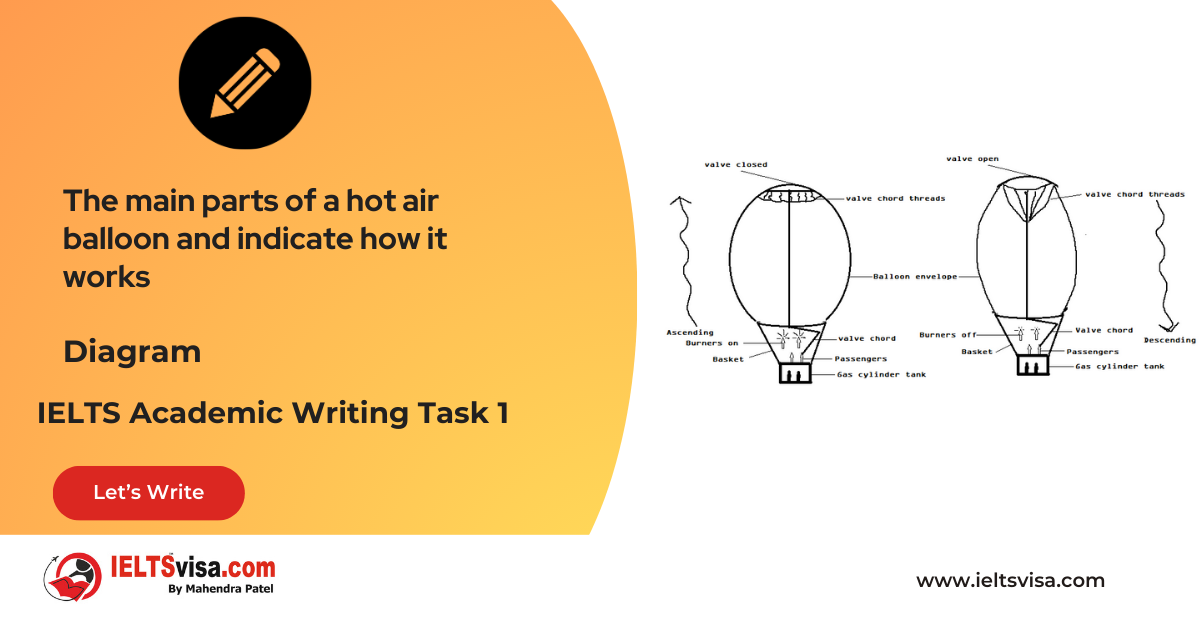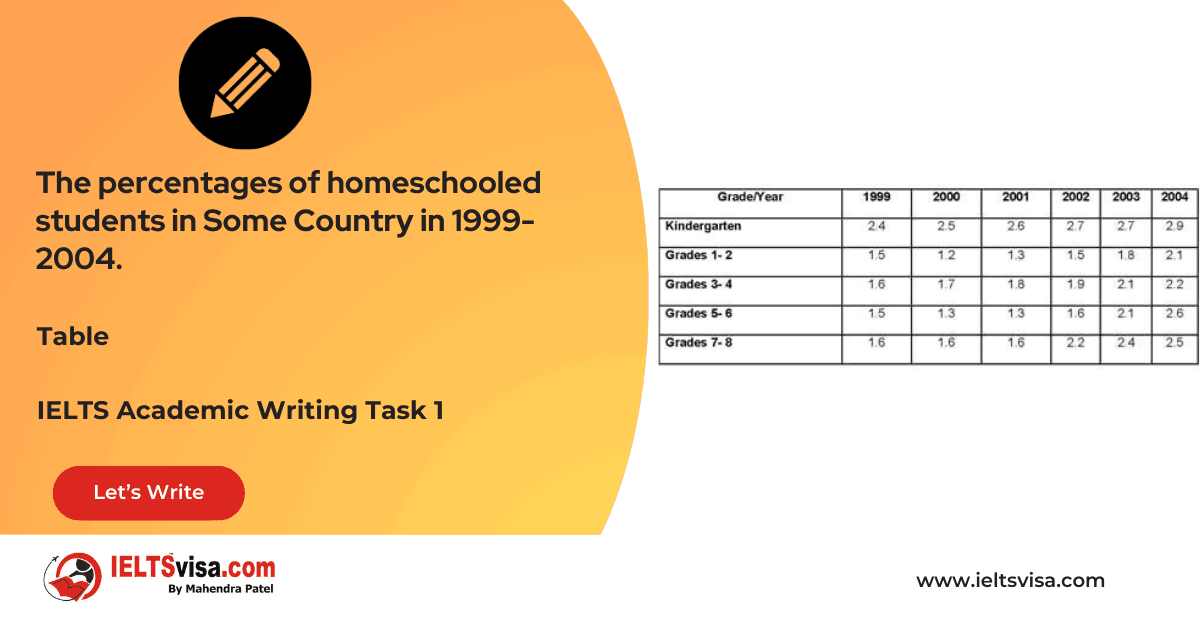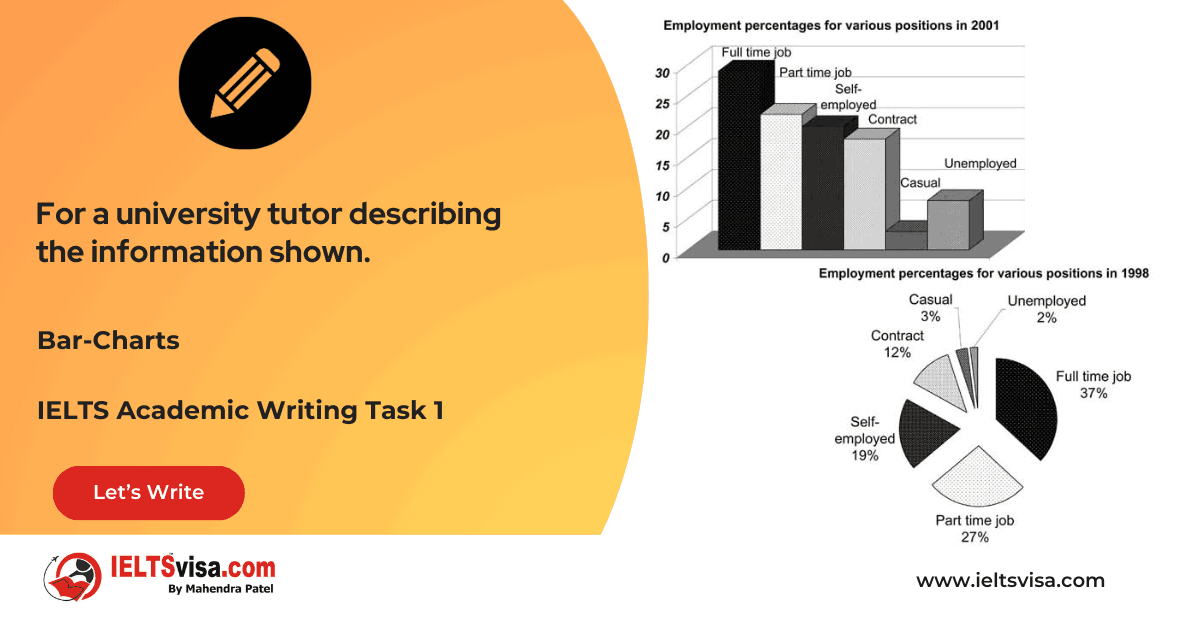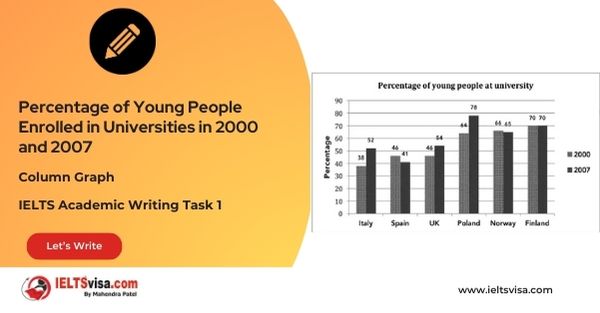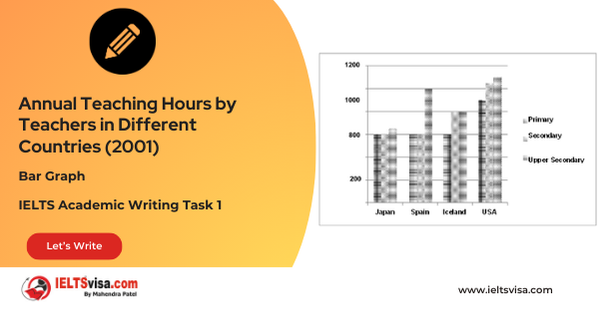Rainwater Harvesting and Conversion to Drinking Water in an Australian Town
IELTS Academic Writing Task 1 - Process Diagram

IELTS Writing Task 1 Question
The diagram below shows how rainwater is collected and converted to drinking water in an Australian town. Write a report for a university lecturer describing the picture below.
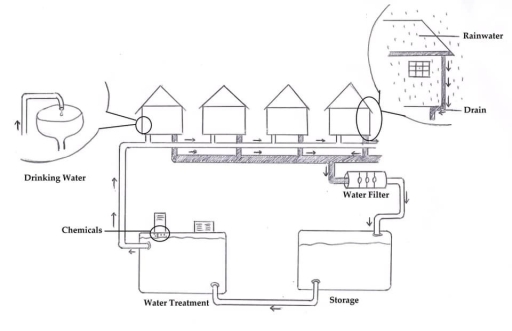
Common Questions for Diagram Data
1. Diagram Type: Process diagram.
2. Title: Rainwater Harvesting and Conversion to Drinking Water in an Australian Town.
3. What is being described?: The process of collecting and converting rainwater into drinking water.
4. Where is this process happening?: In an Australian town.
5. What is the process?: Collection, filtration, chemical treatment, and delivery to homes.
6. Topic: Water collection and purification for drinking.
Comparison Showing and Trends
- The process starts with rainwater being collected from the houses and sent to a water filter for impurity removal.
- After filtration, the water is stored in a tank before being sent to a treatment plant, where chemicals are added to purify it.
- The treated water is then sent back to homes, making it safe for consumption.
Sample Answer
The given diagram outlines the process of rainwater collection and conversion into drinking water in an Australian town. The process involves several key stages, starting with the collection of rainwater from households.
Overall, this diagram highlights a straightforward and effective system where rainwater is efficiently filtered, treated, and converted into drinking water, ensuring that no rainwater is wasted in the Australian town.
First, the rainwater is collected and sent through drains to a water filter. The filtration stage removes impurities from the water, making it cleaner. Next, the water is stored in a tank before being sent to a treatment plant.
At the treatment plant, chemicals are added to the water, making it free from germs and safe for consumption. Once the treatment is complete, the potable water is distributed back to the households for drinking.
Top 25 Vocabulary
Vocabulary |
Meaning |
Synonyms |
Examples |
Vocabulary Type |
|---|---|---|---|---|
| Collection | The act of gathering or accumulating something | Gathering, accumulation | “The first step is the collection of rainwater from households.” | Noun |
| Filter | A device or process used to remove impurities | Strainer, purifier | “The water passes through a filter to remove any debris.” | Noun/Verb |
| Impurities | Substances that contaminate or make something unclean | Contaminants, pollutants | “The filter removes impurities such as dirt and debris from the water.” | Noun |
| Stored | To keep or accumulate something for future use | Reserved, kept | “The water is stored in a tank before being treated.” | Verb |
| Tank | A large container used for holding liquids | Reservoir, container | “The filtered rainwater is stored in a large tank.” | Noun |
| Treatment | The process of improving or purifying something | Purification, refining | “The water undergoes treatment to make it safe for consumption.” | Noun |
| Chemicals | Substances used to alter the properties of water for purification | Compounds, substances | “Chemicals are added at the treatment plant to clean the water.” | Noun |
| Germs | Microorganisms, often harmful, that can cause illness | Bacteria, microbes | “The chemical treatment eliminates any harmful germs in the water.” | Noun |
| Disinfected | Made clean and free from harmful bacteria | Sterilized, sanitized | “The water is disinfected before being released for use.” | Adjective |
| Potable | Suitable or safe for drinking | Drinkable, consumable | “Once treated, the water becomes potable and safe for household use.” | Adjective |
| Consumption | The act of using or ingesting something | Ingestion, intake | “The treated water is ready for consumption by households.” | Noun |
| Process | A series of actions or steps taken to achieve a particular result | Procedure, method | “The rainwater collection process involves multiple stages.” | Noun |
| Conversion | The act of changing something from one form to another | Transformation, change | “The rainwater is converted into drinking water after treatment.” | Noun |
| Flow | The movement of liquid in a particular direction | Stream, current | “The water flows from the household drains into the filtration system.” | Noun/Verb |
| Pipeline | A system of pipes used to transport liquids or gases | Conduit, channel | “The water is transported through pipelines to the treatment plant.” | Noun |
| Sanitation | The process of maintaining cleanliness and hygiene | Hygiene, cleanliness | “Sanitation procedures ensure that the water is safe for drinking.” | Noun |
| Pollution | The presence of harmful substances in the environment | Contamination, tainting | “Pollution must be removed to ensure the water is clean.” | Noun |
| Filtrate | The liquid that has passed through a filter | Extract, filtered water | “The filtrate is ready for treatment after being purified.” | Noun |
| Drains | Pipes that carry away excess water or waste | Sewers, gutters | “The water is initially collected through household drains.” | Noun |
| Disposal | The act of getting rid of waste or unwanted substances | Removal, discard | “Proper disposal of chemicals is necessary during water treatment.” | Noun |
| Filtration | The process of removing impurities from water or air | Purification, screening | “The water is sent through a filter to remove impurities.” | Noun |
| Potable | Safe to drink | Drinkable, consumable | “After treatment, the water becomes potable.” | Adjective |
| Germ-free | Free from harmful microorganisms | Sterile, disinfected | “The chemical treatment makes the water germ-free.” | Adjective |
| Treatment | The process of improving the quality of water or other substances | Purification, cleansing | “The water undergoes chemical treatment at the plant.” | Noun |
| Harvesting | The act of collecting rainwater or crops | Collection, gathering | “Rainwater is harvested and sent to the filter for purification.” | Noun |

Our Books
Master IELTS Speaking Part 1
IELTS Writing Task 1 Book
IELTS Writing Task 2 Book
Writing Task 1 Question Types
Practice IELTS Other Modules
IELTS Listening
The IELTS Listening test assesses how well you can understand spoken English in various contexts. It lasts about 30 minutes and is divided into four sections with a total of 40 questions. The listening tasks become increasingly difficult as the test progresses.
IELTS Academic Reading
The IELTS Academic Reading section assesses your ability to understand and interpret a variety of texts in academic settings. It is designed to evaluate a range of reading skills, including skimming for gist, reading for main ideas, reading for detail, understanding inferences, and recognizing a writer's opinions and arguments.
IELTS Speaking
The IELTS Speaking test assesses your ability to communicate in English on everyday topics. It lasts 11-14 minutes and consists of three parts: introduction, cue card, and a discussion based on the cue card topic.
IELTS General Reading
IELTS General Reading tests your ability to understand and interpret various types of texts. Here are some key areas and types of content you can expect to encounter in the reading section, along with tips for effective preparation.
IELTS Academic Writing Task 1
In IELTS Academic Writing Task 1, you are presented with a visual representation of information, such as graphs, charts, tables, or diagrams, and you are required to summarize, compare, or explain the data in your own words.
IELTS General Writing Task 1
In IELTS General Writing Task 1, you are required to write a letter based on a given situation. The letter can be formal, semi-formal, or informal, depending on the prompt. Here’s a breakdown of the key components to include in your letter
IELTS Academic Writing Task 2
In IELTS Academic Writing Task 2, you are required to write an essay in response to a question or topic. Here’s a guide to help you understand the essential elements of this task
IELTS Exam Tips
To succeed in the IELTS exam, practice regularly, familiarize yourself with the test format, improve your vocabulary, develop time management skills, and take mock tests to build confidence.
Grammer for IELTS
Grammar is the foundation of effective communication in English. Understanding tense usage, subject-verb agreement, and sentence structure enhances clarity and coherence in writing and speaking.
Vocabulary for IELTS
Vocabulary plays a crucial role in the IELTS (International English Language Testing System) exam, especially in the Speaking and Writing sections. Here’s an overview of why vocabulary is important and how it impacts your performance
RECENT IELTS SAMPLES QUESTIONS AND ANSWERS
20:00 Start Pause Stop [df_adh_heading title_infix="IELTS Writing Task 1 Question" use_divider="on"...
20:00 Start Pause Stop [df_adh_heading title_infix="IELTS Writing Task 1 Question" use_divider="on"...
20:00 Start Pause Stop [df_adh_heading title_infix="IELTS Writing Task 1 Question" use_divider="on"...
20:00 Start Pause Stop [df_adh_heading title_infix="IELTS Writing Task 1 Question" use_divider="on"...
20:00 Start Pause Stop [df_adh_heading title_infix="IELTS Writing Task 1 Question" use_divider="on"...
20:00 Start Pause Stop [df_adh_heading title_infix="IELTS Writing Task 1 Question" use_divider="on"...

